By Barbara Beltrami
This year we’re spending Thanksgiving at the home of friends … friends whom we think of as family, and we’ve been asked to bring a dish we remember from the Thanksgivings of our childhood.
I’ve been delving deep into my memories of those days. I do remember that while the turkey was in the oven we always went to the local high school football game where I spent the time enviously ogling the cheerleaders and their oh-so-grown-up hairdos and outfits. Later, after glasses of claret for the women and Rob Roys for the men, we would cluster around Uncle Bob as he carved the turkey with his new-fangled electric knife, surreptitiously snatch pieces of the skin that fell away and vehemently blame each other when we got caught.
Nothing varied from year to year; the menu was ironclad and to stray from it with any innovation was considered sacrilege. And so, with the “bird” and its giblet gravy, we had yams baked in their skins, mashed potatoes, stuffing laced with crispy onions, cauliflower, string beans, creamed onions and sliced cranberry sauce straight from the can. No pies except apple and pumpkin were dessert worthy, although I do seem to remember somehow pecan pie miraculously crashed the party and joined them at some point.
Years later when I married and had my own family, I began my own set of menu traditions that in some cases were spin-offs of a few of the ones I had grown up with. What follows are ones that have become my own customs and rituals over these many years. That’s one of the great things about Thanksgiving; it is made of traditions and memories and, no matter what they are, they’re yours.
Herbed Cornbread Stuffing
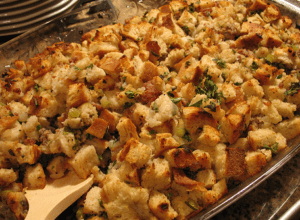
YIELD: Makes stuffing for a 20- to 24-lb turkey
DIRECTIONS:
Two 16-ounce packages prepared herbed cornbread stuffing mix
5 to 6 cups hot broth
½ pound unsalted butter, melted
¹/3 cup olive oil
3 medium onions, diced
3 celery ribs, cut into half-inch slices
Two 14-ounce cans peeled and cooked chestnuts, drained and diced
4 Granny Smith apples, pared, cored and diced
2 handfuls fresh flat-leaf parsley, finely chopped
8 fresh sage leaves, finely chopped
1 tablespoon fresh thyme leaves or 1 teaspoon dried
Salt and pepper, to taste
DIRECTIONS: In a very large bowl combine the stuffing mix with the broth and butter according to package directions. In a large skillet heat the oil for 30 to 45 seconds. Add the onions all at once and stirring frequently and cook over medium high heat until they are brown, about 10 to 15 minutes. Remove from skillet and add to stuffing mix.
Lower the heat to medium low and in same skillet sauté celery and apples until tender, about 10 to 15 minutes. Remove from skillet and add to stuffing mix, along with diced chestnuts. Add parsley, sage, thyme, salt and pepper (taste first because mixture may already be salty enough).
Cover tightly and refrigerate until ready to use. Before placing inside turkey, be sure that it is approximately the same temperature as stuffing. Serve with turkey and all the fixings on Thanksgiving Day and the next day with turkey and cranberry sauce in a sandwich.
Really Sweet Sweet Potatoes

YIELD: Makes 12 to 16 servings
INGREDIENTS:
5 large yams or sweet potatoes, pared and cut into 3- to 4-inch slices
1 cup orange juice
½ cup maple syrup or honey
1 cup brown sugar
1 partially frozen stick butter, diced
Salt and pepper, to taste
DIRECTIONS: Preheat oven to 400 F. Place sweet potato slices in a greased large baking pan. Drizzle orange juice and syrup over them, sprinkle brown sugar on top and then dot with pieces of butter. Season with salt and pepper. Bake for 45 minutes or until potatoes are tender and tops are crispy. Serve with turkey and all the fixings.
Roasted Brussels Sprouts

YIELD: Makes 12 servings
INGREDIENTS:
1½ cups golden raisins
2 cups apple juice or cider
3 pounds Brussels sprouts
Salt, to taste
½ cup olive oil
2 tablespoons minced fresh rosemary or 2 teaspoons dried
¼ cup balsamic vinegar
Freshly ground black pepper, to taste
DIRECTIONS: Preheat oven to 350 F. Grease a baking pan large enough to easily hold the Brussels sprouts. In a medium bowl, combine the raisins and the apple juice and let them soak until plump. Place Brussels sprouts in a steamer and sprinkle with salt, then steam them 5 to 6 minutes, until bright green but not cooked through. Drain the raisins, reserve liquid for another use or discard.
In a large bowl combine the Brussels sprouts, raisins, olive oil, rosemary and black pepper. Toss to coat evenly, then place in baking pan. Roast for 30 to 35 minutes, until Brussels sprouts are tender in center and turning golden on outside. In a small pan or microwave, heat the balsamic vinegar; place the sprouts in serving bowl and drizzle the vinegar over them. Serve hot or warm with turkey and all the fixings.




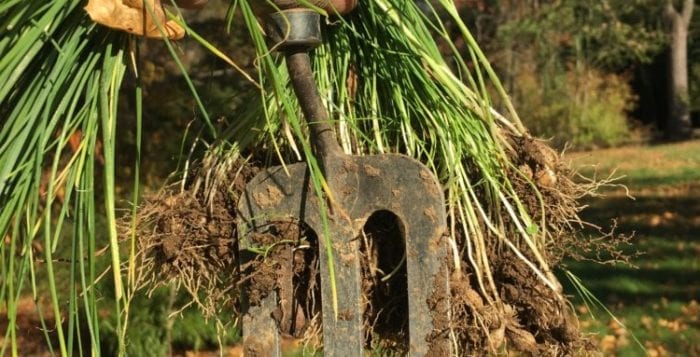
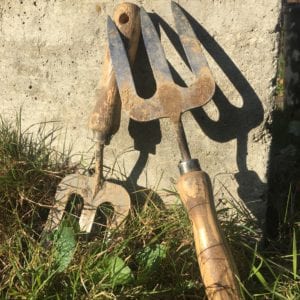
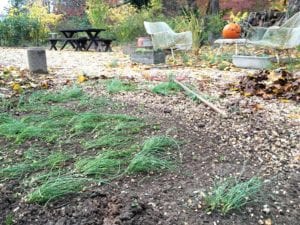

 MEET FREDDIE! This adorable little teddy bear is Freddie, a 4-year-old rescue from Texas who is now waiting for his furever home at Kent Animal Shelter. Freddie comes neutered, microchipped and up to date on all his vaccines. He is also hypoallergenic, so he is perfect for those with allergies. Won’t you drop by and say hello? Kent Animal Shelter is located at 2259 River Road in Calverton. For more information on Freddie and other adoptable pets at Kent, please call 631-727-5731 or visit www.kentanimalshelter.com.
MEET FREDDIE! This adorable little teddy bear is Freddie, a 4-year-old rescue from Texas who is now waiting for his furever home at Kent Animal Shelter. Freddie comes neutered, microchipped and up to date on all his vaccines. He is also hypoallergenic, so he is perfect for those with allergies. Won’t you drop by and say hello? Kent Animal Shelter is located at 2259 River Road in Calverton. For more information on Freddie and other adoptable pets at Kent, please call 631-727-5731 or visit www.kentanimalshelter.com.


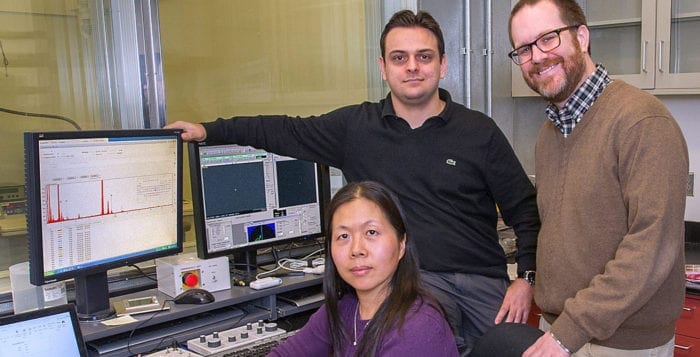

 Why do the leaves of some trees, shrubs and vines turn colorful in the fall? What triggers this event? And why do the leaves fall off? We want to be dazzled by the beauty of the countryside and plan day trips north to catch the fall colors. So why is my garden still very green? I go to my bookshelf to find some answers. Two of my favorite books, “The Practical Botanist” by Rick Imes (Simon & Schuster, 1990) and “The Random House Book of How Nature Works” by Steve Parker (1992) provide some of the answers.
Why do the leaves of some trees, shrubs and vines turn colorful in the fall? What triggers this event? And why do the leaves fall off? We want to be dazzled by the beauty of the countryside and plan day trips north to catch the fall colors. So why is my garden still very green? I go to my bookshelf to find some answers. Two of my favorite books, “The Practical Botanist” by Rick Imes (Simon & Schuster, 1990) and “The Random House Book of How Nature Works” by Steve Parker (1992) provide some of the answers. Keeping a garden journal is a way of interacting with your surroundings. Making observations, asking questions and taking detailed notes give you data to compare in each season. Start by recording the weather conditions, wind direction, daily temperature, season of the year, expected rainfall, time of day and the date you made these observations.
Keeping a garden journal is a way of interacting with your surroundings. Making observations, asking questions and taking detailed notes give you data to compare in each season. Start by recording the weather conditions, wind direction, daily temperature, season of the year, expected rainfall, time of day and the date you made these observations. Garden chores for November
Garden chores for November


